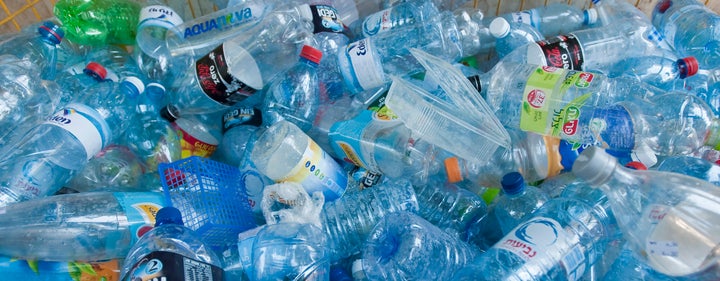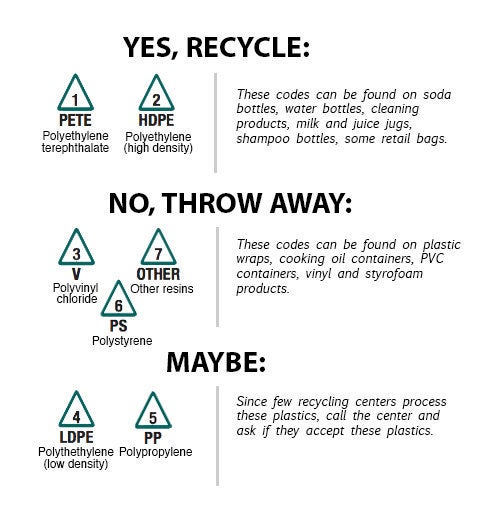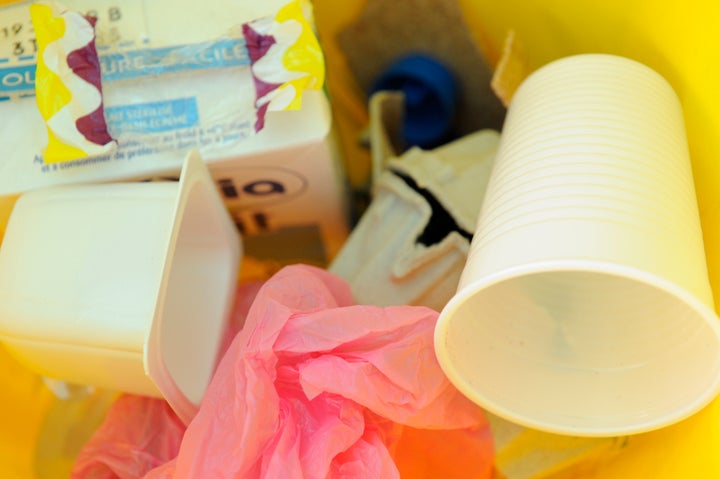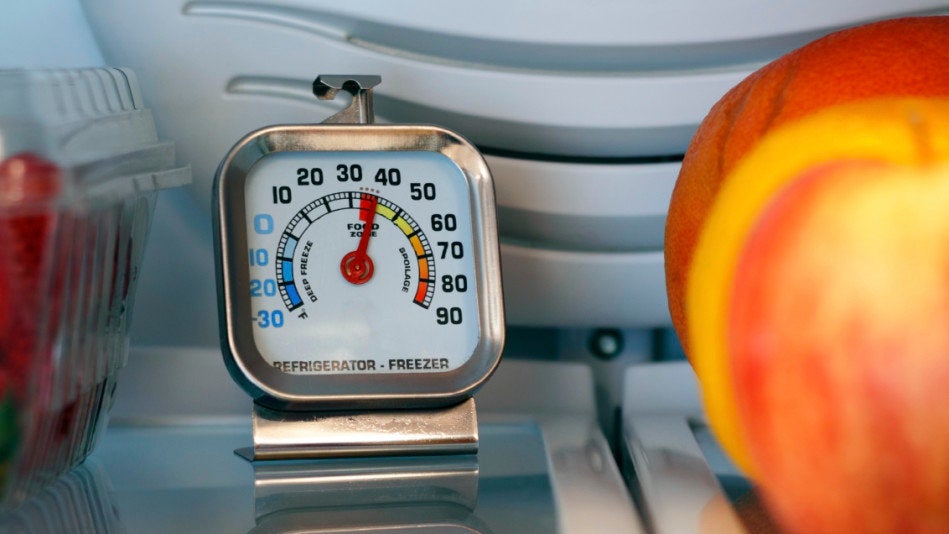Between the multicolored bins, complex facilities and sticky bottles, recycling can seem very intimidating.
But it only takes the tiniest bit of extra effort and research to keep everyday throwaway items from being lost in a landfill forever. That’s why we’ve created a primer that will teach you every basic recycling rule you will ever need to know.
Follow these six rules of recycling below and you’ll have your own green routine in no time.

1. Every area has different recycling procedures. Know what yours are.
Recycling procedures vary from city to city and state to state, and can determine everything from what you can recycle (plastic, paper, etc.), to how to separate various materials (plastics vs. glass), to where you leave your recycling bins (curbside, drop-off centers, etc.).
To make sure you follow the proper procedures, learn about your area’s recycling program by visiting your local municipality’s website or by finding a recycling location near you.
2. Pay attention to all of those complicated symbols.
All plastic containers are labeled with a resin identification code (RIC) that tells you which grade of plastic you’re dealing with, and how well it can be recycled.
According to environmental research blog Greenopedia, plastics labeled 1 and 2 can be recycled at almost every recycling center, but numbers 3, 6 and 7 usually cannot be recycled and can go directly in the trash. Some recycling centers can process plastics labeled 4 and 5, so call your local center to see if they accept those containers.
Before you toss all your containers into the blue bin, brush up on the codes below:

3. Only separate your recyclables if your local program requires it.
Depending on your municipality’s recycling system, you may or may not need to separate your recyclables. For example, in some parts of California, people are required to separate aluminum, glass and plastic containers in different bags or bins before sending them off to recycling. In New York, residents only have to separate paper materials from the rest of their recyclable waste.
However, some facilities may have more advanced equipment (or assigned employees) that will sort the materials for you. Check in with your waste services program to see if you have to separate your waste, or if you can throw all your recyclables in the same bag or bin.
4. You *should* keep your recyclable containers as clean as possible.
While recycling centers won’t toss out containers just because they’re dirty, cleaner containers are worth more in the recyclables market since they’re easier and cheaper to process, according to Mother Jones.
Before recycling that yogurt cup, try to slurp up every last bit. But if you can’t, don’t fret ― even if the dirty material is worth less, it can still be recycled.

5. Never put these items in the recycling bin.
Certain items, such as plastic bags, can jam up equipment at recycling facilities, according to Smithsonian Magazine. For this reason, they should be kept out of recycling bins.
Items, like your take-out food containers or pizza delivery box, could have leftover food remnants or grease on the box that could contaminate the rest of the recyclables. So even though they’re made of recyclable materials, they cannot be recycled. Other items, like bottles carrying hazardous liquids or old batteries that may contain mercury, can be dangerous to those working at the recycling facility, and therefore cannot be recycled.
Essentially, for anything outside of the recycling basics ― plastic bottles, aluminum cans, cardboard ― you should check in with your local recycling facility to see if they can handle them.
6. Only use recyclable (and/or recycled) materials.
Next time you go shopping, check that the products you are purchasing and their packaging are made from materials that can be recycled. By filtering out products you cannot recycle, you end up with less landfill-bound trash ― and you won’t have to sort your recyclables later.
“If you purchase products that have recycled content, you’re closing the recycling loop and making sure the cycle continues,” said Darby Hoover of the the National Resources Defense Council.
Or, you can take it one step further, by using only reusable products that you won’t have to throw away (think: Tupperware, refillable water bottles, reusable packaging), and you can cut down on your overall waste output. It may sound like hard work, but the planet will thank you for it. And before long, it’ll become second nature to you.
More stories like this:
- We Waste An Insane Amount Of Food. Here’s What You Can Do About It.
- This Walmart Worker Threw Away Food On The Job, Then Went Home Hungry
- A Whole New Kind Of Grocery Store Is Coming To The U.S.
- This Guy Spends $2.75 A Year On Food And Eats Like A King
- I Ate Expired Food For A Week And Didn’t Die
- The Food Your Grocery Store Doesn’t Want You To See
